Greetings, aspiring systems thinkers! I’m Professor Ernest, your guide on an exciting journey into the fascinating world of systems engineering. Today, we’ll begin with an introduction to lay the foundation for this remarkable field.
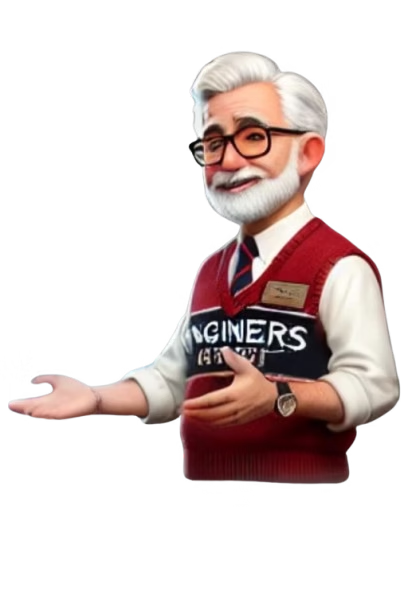
What is a System?
According to INCOSE (2019) and ISO/IEC/IEEE 15288 (2023), a system is defined as:
“A system is an arrangement of parts or elements that together exhibit behaviour or meaning that the individual constituents do not.”
This definition highlights the essence of a system: the collective behaviour or purpose that arises from the interaction of its individual parts. This emergent behaviour is not present in the individual components but only in the system as a whole.
Physical v Conceptual System
A system can be either Physical or Conceptual.
A physical system is a tangible arrangement of interconnected components that work together to perform specific functions or achieve a particular purpose.
Examples to Illustrate the Physical Systems:
- Human Body:
- Individual Components: Organs, bones, muscles, cells.
- System Behaviour: The human body operates as a highly coordinated system capable of maintaining homeostasis, enabling movement, and facilitating complex activities such as thinking and healing. This system behaviour emerges from the interaction of its various components: the brain processes thoughts and controls voluntary movements, the heart pumps blood, and the immune system defends against pathogens. Together, these components maintain stable internal conditions, convert nutrients into energy, and enable sensory perception and response to the environment. This integration allows the human body to function efficiently, adapt to changes, and perform a wide range of dynamic activities.
- Airplane:
- Individual Components: Wings, engines, landing gear, avionics, fuselage.
- System Behaviour: An airplane can transport passengers and cargo through the air over long distances, which none of the individual components can achieve on their own. The engines generate thrust, the wings provide lift, the landing gear enables safe takeoff and landing, the avionics control navigation and communication, and the fuselage houses passengers and cargo. Together, they form a functioning aircraft capable of flight.
- Power Plant:
- Individual Components: Turbine, generator, control systems, fuel supply, cooling systems.
- System Behaviour: A power plant can generate and supply electricity to a grid, which none of the individual components can achieve on their own. The turbine converts energy from fuel into mechanical energy, the generator converts mechanical energy into electrical energy, control systems regulate operations, the fuel supply ensures continuous energy input, and cooling systems manage excess heat. Together, they form a functioning power generation facility capable of providing electricity to homes and businesses.
While many examples of systems engineering involve physical systems, the definition of a system also extends to conceptual systems. Conceptual systems are frameworks of ideas or concepts that help in understanding, explaining, or managing complex phenomena.
Examples to Illustrate the Conceptual Systems:
- Educational System:
- Individual Components: Schools, teachers, curricula, students, assessment methods.
- System Behaviour: An educational system delivers structured learning and knowledge to students, which none of the individual components can achieve on their own. Schools provide the physical and administrative infrastructure, teachers deliver instruction, curricula outline the content to be taught, students engage in learning, and assessment methods evaluate student progress. Together, they form a functioning system that educates and develops individuals.
- Healthcare System:
- Individual Components: Hospitals, doctors, nurses, medical records, insurance providers.
- System Behaviour: A healthcare system provides medical care and promotes health and wellness in a population, which none of the individual components can achieve on their own. Hospitals offer treatment facilities, doctors diagnose and treat illnesses, nurses provide care and support, medical records track patient history, and insurance providers manage payment and coverage. Together, they form a cohesive system that delivers comprehensive healthcare services.
- Public Transportation System:
- Individual Components: Buses, trains, schedules, routes, fare collection.
- System Behaviour: A public transportation system enables the efficient movement of people within a city or region, which none of the individual components can achieve on their own. Buses and trains provide the means of transport, schedules ensure timely service, routes determine the paths traveled, and fare collection manages payments. Together, they form a coordinated system that facilitates convenient and reliable transportation for the public.
Whether physical or conceptual, these examples illustrate that a system is more than just a collection of parts. It is the interaction and integration of these components that create a new level of behaviour or functionality not present in the individual elements. Systems engineering focuses on understanding and optimising these interactions to ensure that the system performs as intended throughout its lifecycle.
Product or Service
Furthermore, in the realm of systems engineering, a system can be viewed through two distinct lenses:
- Products: These are tangible entities with well-defined functionalities. They are physical objects that we can interact with directly. Examples of systems as products include:
- An automobile: A complex system of mechanical and electronic components working together to provide transportation.
- A smartphone: A handheld device with a variety of features like communication, entertainment, and information access.
- A bridge: A physical structure that allows for the passage of vehicles or people across a body of water or other obstacle.
- Services: These are intangible offerings that provide value through their function. We experience the benefits of a service without necessarily owning a physical object. Examples of systems as services include:
- Online banking: A system that provides financial services like account management, bill payment, and money transfer through a digital platform.
- Streaming services: Systems that provide access to a vast library of movies, TV shows, or music through an internet connection.
- Air traffic control: A complex system that ensures the safe and efficient flow of air traffic, utilising communication technology and radar systems.
The key difference lies in tangibility. Products are physical, while services are intangible. However, both types of systems offer value and functionality.
What is Systems Engineering?
According to INCOSE (2019) and ISO/IEC/IEEE 15288 (2023) Systems Engineering (SE) is define as:
‘Systems Engineering is a transdisciplinary and integrative approach to enable the successful realisation, use and retirement of engineered systems, using systems principles and concepts, and scientific, technological, and management methods’
Complex Systems
A bicycle is a relatively simple machine with wheels, pedals, and a frame. Now, imagine a modern car. It has a complex engine, computer systems, and various sensors all working together. The car is a more complex system, and the different parts are highly interconnected.


Similarly, our world is becoming like a complex machine with various systems (transportation networks, communication grids, power systems) that are all becoming more intricate and interdependent.
Transdisciplinary and Integrative Approach
Unlike traditional engineering disciplines that focus on specific aspects of a system (such as electrical, mechanical, or software engineering), systems engineering takes a holistic approach, ensuring that all parts of a system work together seamlessly to achieve the intended purpose of the system as a whole. This approach in SE is termed as ‘Systems Thinking’.
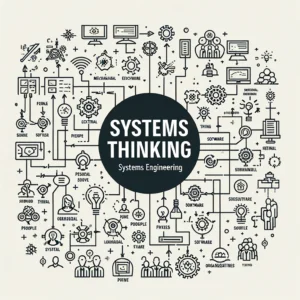
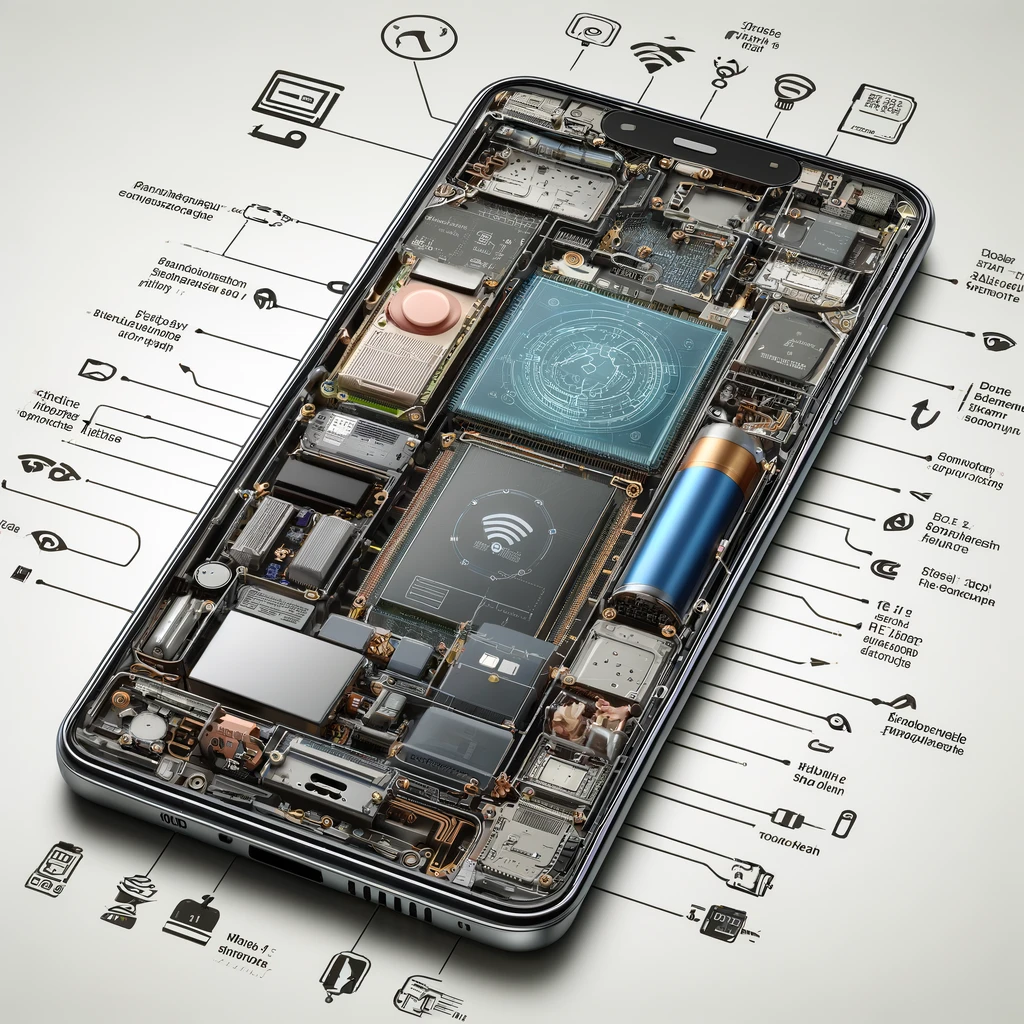
A smartphone, for instance, is a complex system with hardware, software, communications, and user interfaces seamlessly integrated. Building such systems requires an interdisciplinary approach that considers the entire system throughout its lifecycle, not just the individual components.
Realisation, Use and Retirement
Realisation in the context of systems engineering refers to the process of bringing a system from concept to reality. This phase involves designing, developing, testing, and validating the system to ensure it meets the specified requirements and functions as intended. It includes detailed design activities, integration of components, verification processes, and final validation to confirm that the system performs correctly in its operational environment.
Use pertains to the operational phase of the system’s life cycle. During this phase, the system is deployed and utilised for its intended purpose. This includes monitoring the system’s performance, maintaining its functionality, and ensuring it operates efficiently and reliably. This phase may involve user training, routine maintenance, and troubleshooting to address any issues that arise during operation.
Retirement refers to the process of decommissioning a system after it has reached the end of its useful life. This phase involves safely dismantling the system, disposing of or recycling components, and ensuring that any remaining data or resources are securely handled. Retirement also includes evaluating the system’s overall performance and extracting lessons learned to inform the development and operation of future systems.
These phases—realisation, use, and retirement—are critical components of the systems engineering life cycle.
To achieve successful outcomes across all phases, Systems Engineering (SE) provides facilitation, guidance and leadership for managing engineered systems throughout their entire lifecycle. It does this by:

Focus: Defining system purpose, goals, and success criteria from a stakeholder perspective.
Activities:
- Establishing, balancing, and integrating stakeholder needs, expectations, and success measures.
- Identifying and documenting actual or anticipated stakeholder needs, operational concepts and required functionalities.
Focus: Establishing a robust framework for project execution.
Activities:
- Considering factors like complexity, uncertainty, potential for change, and variety establishing an appropriate life cycle model (e.g., waterfall, agile), process, approach and governance structure.


Focus: Capturing, documenting, and managing system requirements throughout the lifecycle.
Activities:
- Baselining and documenting system requirements for each development stage.
- Establishing and maintaining a clear understanding of system requirements.
- Ensuring the chosen solution architecture aligns with the established requirements baseline.
Focus: Identifying and evaluating potential solutions to meet defined system requirements.
Activities:
- Generating and exploring various solution concepts and system architectures.
- Evaluating and comparing alternative solutions based on feasibility, cost, and risk.
- Selecting the optimal solution architecture that best meets stakeholder needs and system requirements

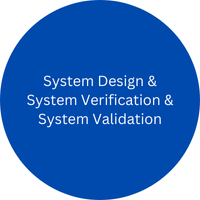
Focus: Transforming the chosen solution architecture into a functional system and ensuring it meets requirements.
Activities:
- Performing design synthesis, where different components are integrated to form a cohesive system.
- Conducting system verification to confirm that the system is built according to the design specifications.
- Executing system validation to ensure the system meets its intended operational needs and fulfils stakeholder requirements.
Focus: Proactively manage risk throughout the entire system lifecycle to ensure successful project delivery.
Activities:
- Meeting acquirer needs, and achieving optimal system performance with minimal negative consequences.


Focus: Optimising system performance by considering the broader environment and interconnectedness of its components.
Activities:
- Analysing both the problem domain (needs and challenges) and the solution domain (system design).
- Identifying critical enabling systems and services that support the core system functionality.
- Understanding how the system’s parts and their relationships contribute to overall behaviour and performance.
- Meticulously balancing stakeholder needs (both business and technical). This approach aims to deliver a high-quality solution that meets user and stakeholder needs, functions effectively in the real world, and minimises any unintended negative consequences
Recommendation

Professor Ernest strongly recommends the INCOSE Systems Engineering Handbook as a valuable resource for system engineers at all experience levels.
This comprehensive handbook provides a foundational understanding of systems engineering principles and practices. It serves as an excellent reference for both seasoned practitioners seeking to refresh their knowledge and those new to the field seeking a solid grounding in the discipline.
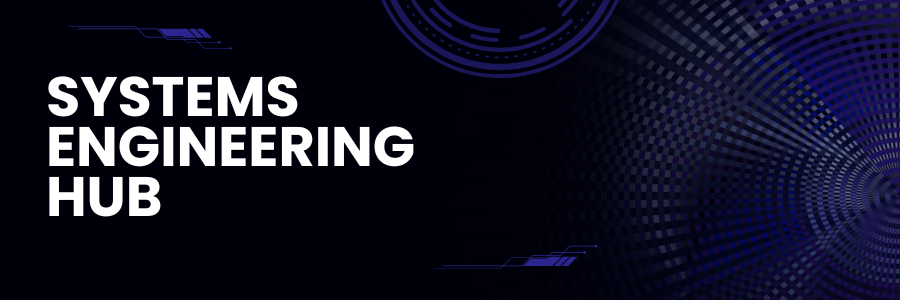

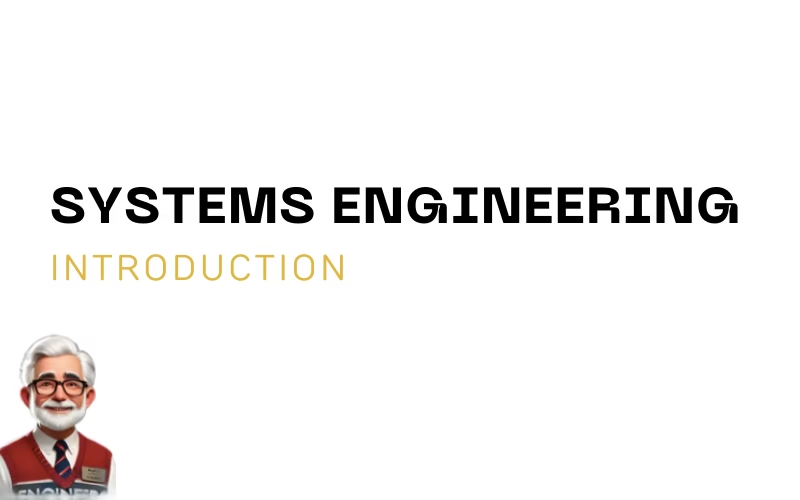

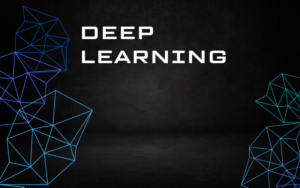

Pingback: Mastering Key Systems Concepts - Engineers Retreat